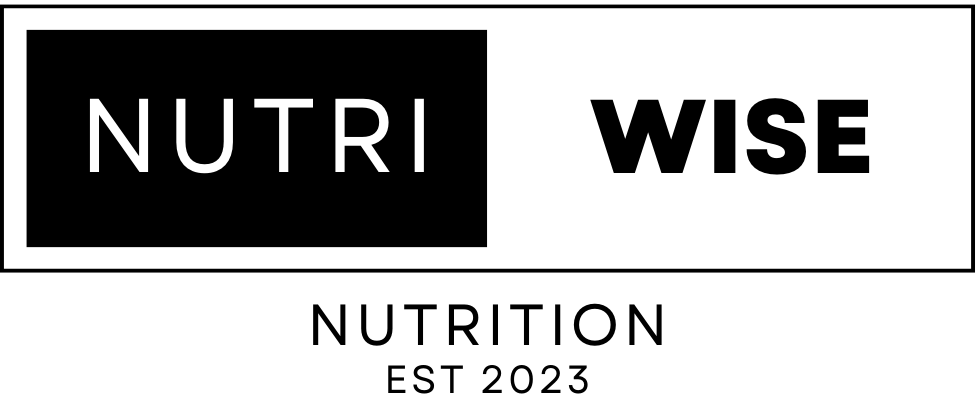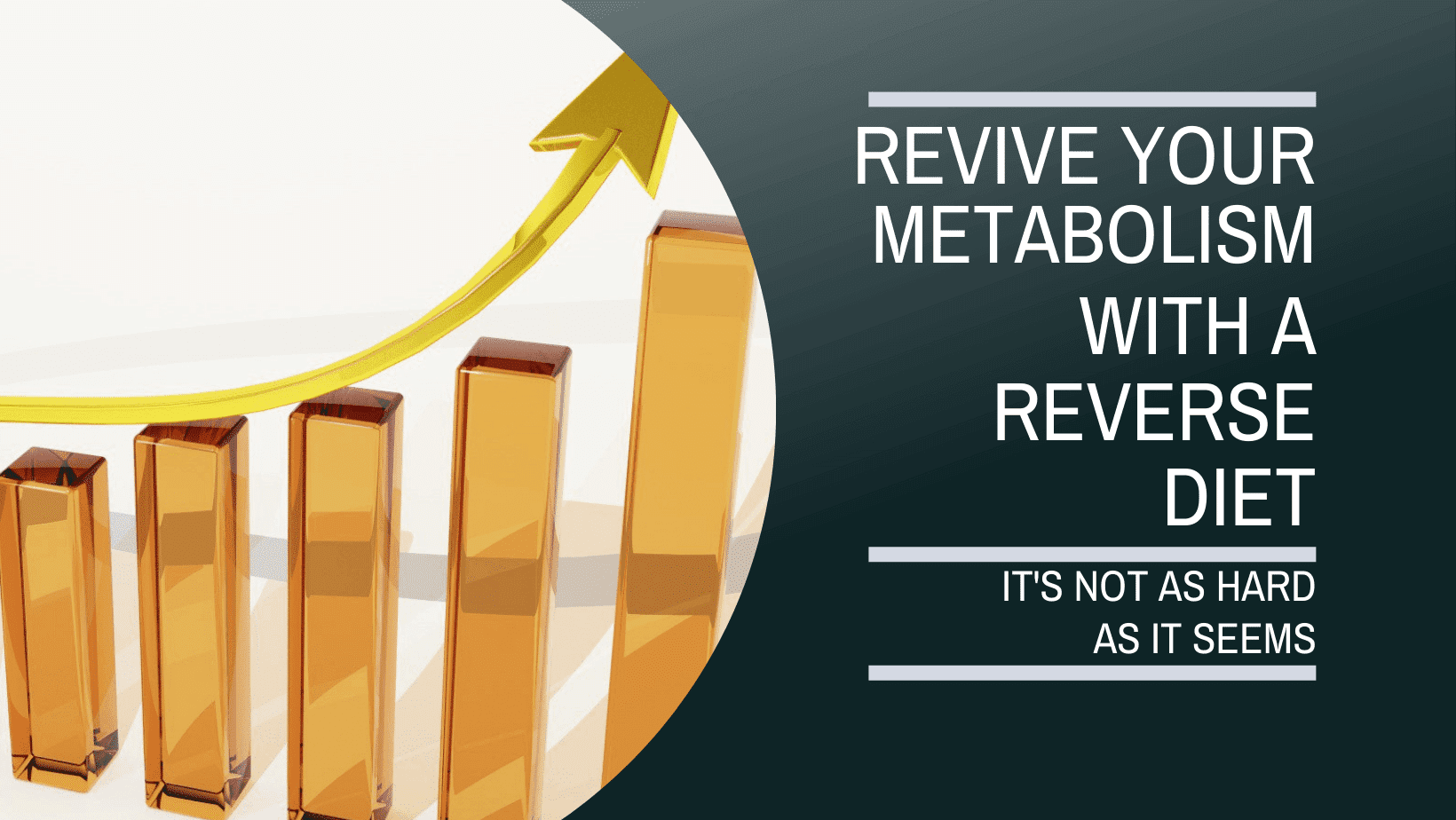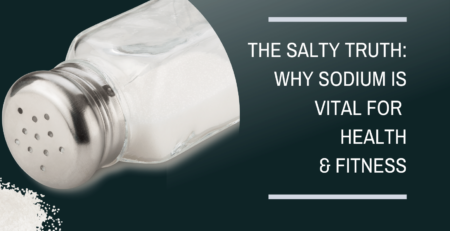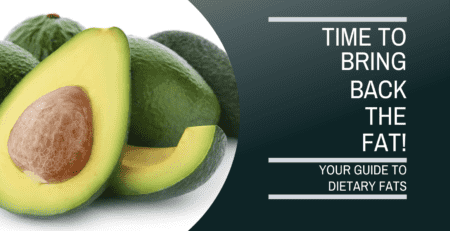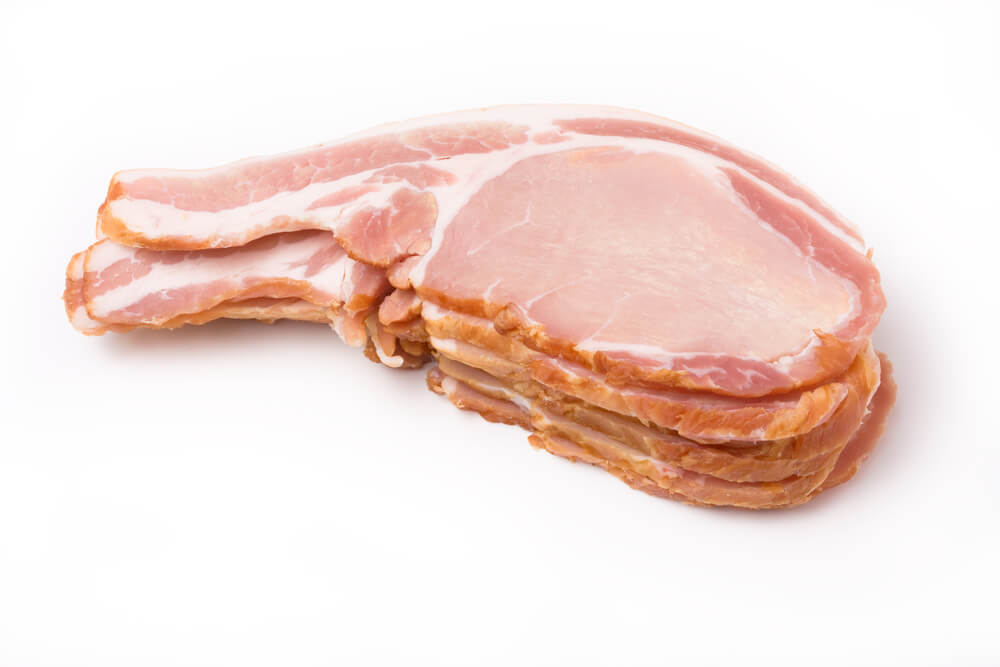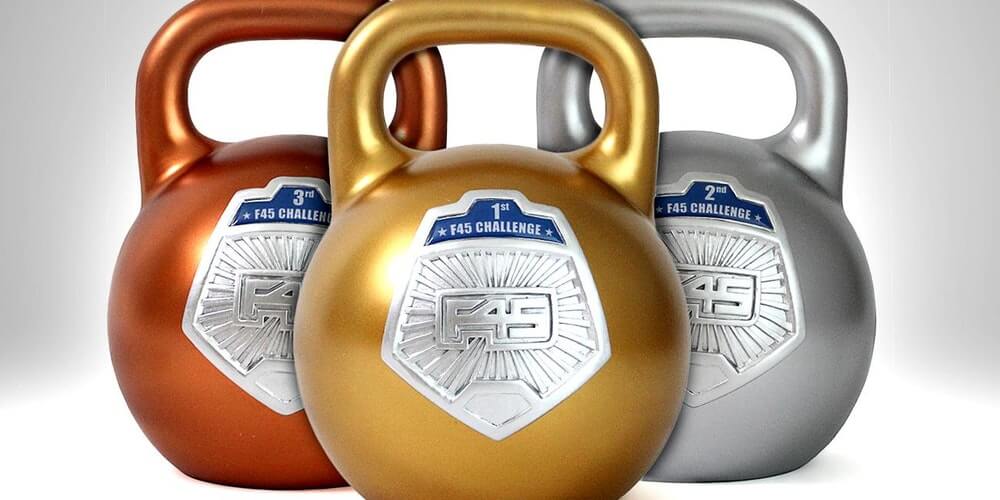Revitalise Your Metabolism With Reverse Dieting
Reverse dieting is a structured approach that aims to revitalise the metabolism of individuals who have been in a caloric deficit for an extended period. This process involves gradually increasing caloric intake while minimising body fat gain and rebuilding metabolic rate.
What Is A Reverse Diet?
The approach is particularly beneficial for competitive athletes with low body fat or individuals who have followed restrictive diets for prolonged periods and are struggling to lose weight or maintain their weight loss. The principles of reverse dieting are grounded in research that has shown that long-term caloric restriction can lead to a decrease in metabolic rate, making it more challenging to lose weight or maintain weight loss.
By gradually increasing caloric intake, reverse dieting can help individuals avoid the negative effects of caloric restriction and rebuild their metabolic rate. In this article, we will explore the benefits of reverse dieting, its process and structure, and how to maintain the results achieved through this approach.
With this information, readers will have a comprehensive understanding of how reverse dieting can help them achieve their health and fitness goals.
Benefits and Goals
The pre-existing knowledge on reverse dieting highlights that the process aims to achieve four goals, including healthy weight gain, minimising unwanted body fat, maintaining lean body composition, and breaking personal records, with the primary objective of minimising body fat gain while rebuilding metabolic rate and increasing caloric intake.
Reverse dieting is a valuable approach for individuals who have undergone extended caloric restriction, which may result in the body switching into “starvation mode” or metabolic resistance. This process is particularly beneficial for competitive athletes with low body fat or a depressed metabolism, as it can help them achieve their maximum performance potential and long-term sustainability.
Additionally, reverse dieting can benefit those who have been in a caloric deficit for a prolonged period or experiencing hormonal problems such as amenorrhea. The approach involves gradually increasing carbohydrate and fat intake and reducing cardio to help the body adapt to a higher caloric intake while stabilising the gain of body fat to a healthy level.
Reintroducing nutrient-rich whole foods can also be beneficial. Patience and consistency are key to successful reverse dieting, allowing for higher calorie intake while still losing body fat. The structured approach can also reduce physiological and psychological stresses associated with restrictive diets, making it a valuable tool for anyone looking to optimise their body composition and overall health.
Process and Structure
Structure and gradual progression are key components of the process of transitioning from a low-calorie diet to maintenance or surplus calorie intake, known as reverse dieting. The primary goal of reverse dieting is to rebuild metabolic rate and increase caloric intake while minimising body fat gain.
To achieve this goal, it is essential to adopt a structured approach that involves a gradual increase in carbohydrate and fat intake and a slow reduction in cardio.
During the reverse dieting process, it is recommended to reintroduce nutrient-rich whole foods, which provide essential vitamins and minerals, and help to maintain a healthy body composition. Patience and consistency are crucial for successful reverse dieting since the body needs time to adapt to the increased caloric intake.
In the early stages it’s beneficial to increase at a slow rate of around 3% of calories per week. Too much too quickly will just add excess body fat as the energy can’t be used. Slight increases initially, moderate if your tolerance to adding calories is known and depending on the health situation high increases of up to 8% can be managed.
Reverse dieting is essential for competitive athletes with low body fat or a depressed metabolism and can also benefit those in a caloric deficit for a prolonged period or experiencing hormonal problems. The reverse dieting process should last for a minimum of 10 weeks, and consistent body weight over two consecutive weeks indicates the maintenance calorie level.
Duration and Maintenance
Duration of the reverse dieting process is crucial for successful maintenance of metabolic rate and body composition. The process should last for at least 10 weeks to allow for gradual increases in calorie intake and minimal cardio.
Consistency and patience are key to successful reverse dieting, and individuals must be willing to commit to the process to see long-term results. Some individuals may need to go through periods of reverse diets to get their calorie burn back to their predicted maintenance level. Some may even need to reverse for 12 months!
To maintain progress, it is important to track progress and adjust calorie intake accordingly and this is best done with a coach who knows what they’re doing. Consistent bodyweight over two consecutive weeks indicates maintenance calorie level, and cutting no more than 15% of calories is recommended when beginning another transformation diet.
Reintroducing nutrient-rich whole foods can also be beneficial for maintaining a healthy metabolism.
Overall, reverse dieting should be approached with structure and consistency to ensure successful maintenance of metabolic rate and body composition.
